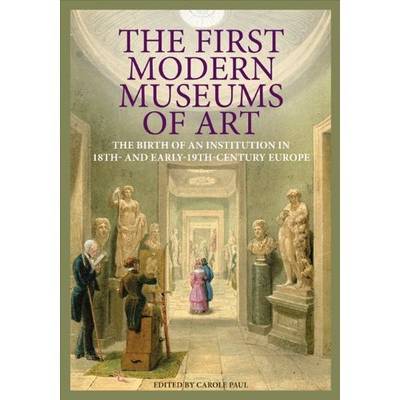Getty Publications - (Yale)
1 total work
The First Modern Museums of Art - The Birth of an Institution in 18th- and Early - 19th Century Europe
by Paul
Published 18 October 2012
It is a comelling account of the origins of the world's most important museums. In the 18th and early 19th centuries the first modern, public museums of art appeared throughout Europe, setting a standard for the nature of such institutions that has made its influence felt to the present day. Although the emergence of these museums was an international development, their shared history has not been systematically explored until now. Taking up that project, this volume includes chapters on fifteen of the earliest major examples, from the Capitoline Museum in Rome, opened in 1734, to the Alte Pinakothek in Munich, opened in 1836. These essays consider a number of issues, such as the nature, display, and growth of the museums' collections and the role of the institutions in educating the public. The fourteen distinguished contributors to the book include Robert G. W. Anderson, former director of the British Museum in London; Paula Findlen, Ubaldo Pierotti Professor of Italian History at Stanford University; Thomas Gaehtgens, director emeritus of the Getty Research Institute; and Andrew McClellan, dean of academic affairs and professor of art history at Tufts University.
